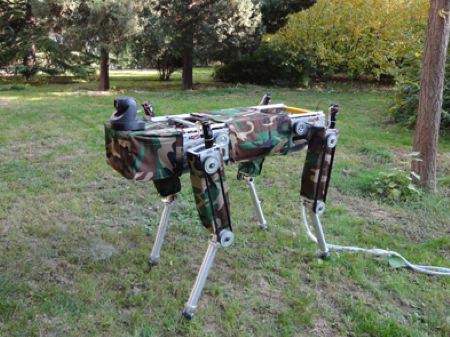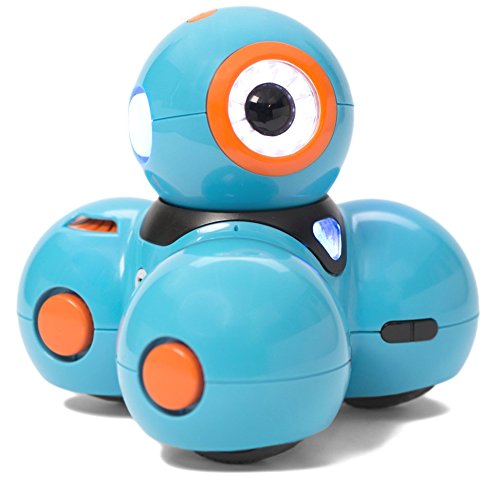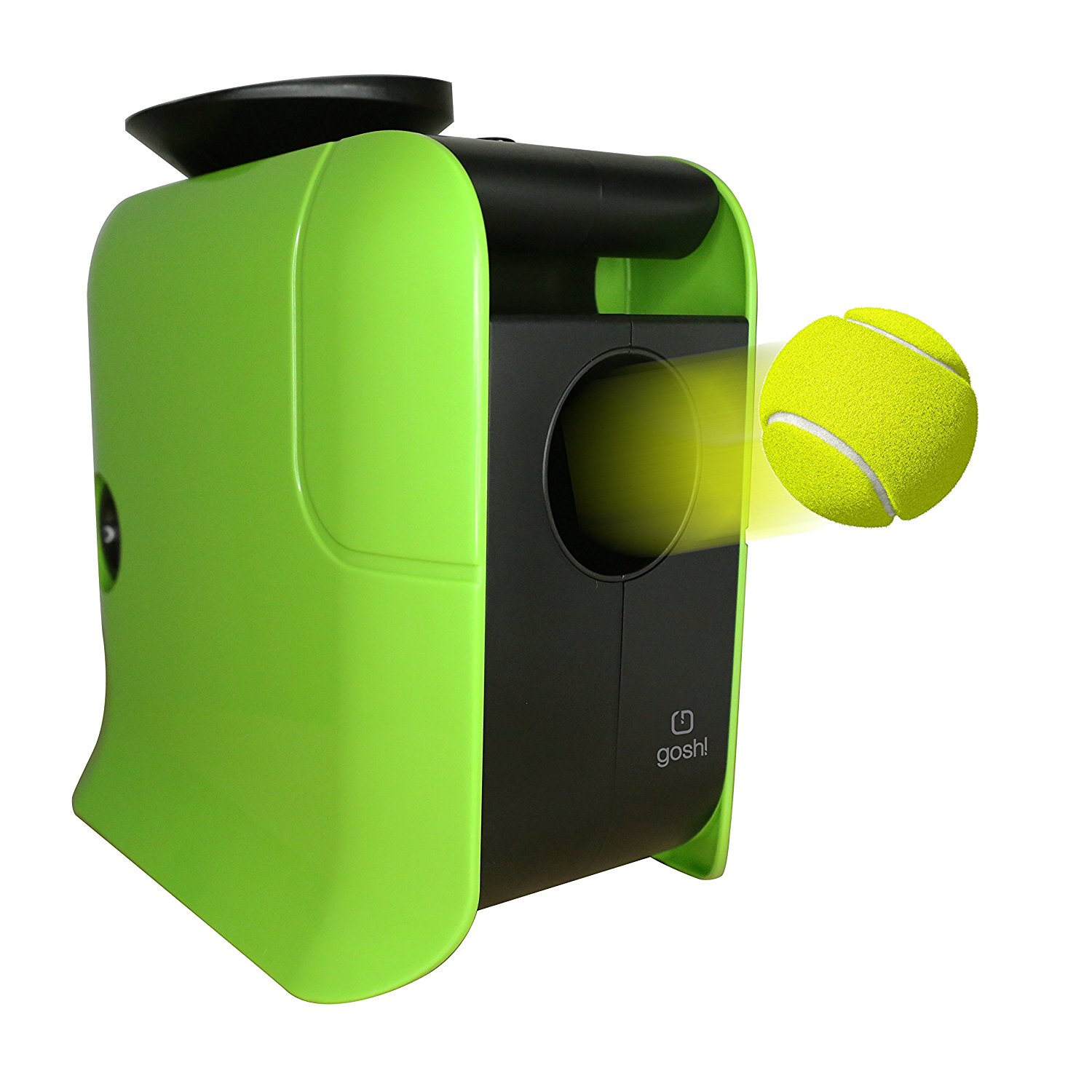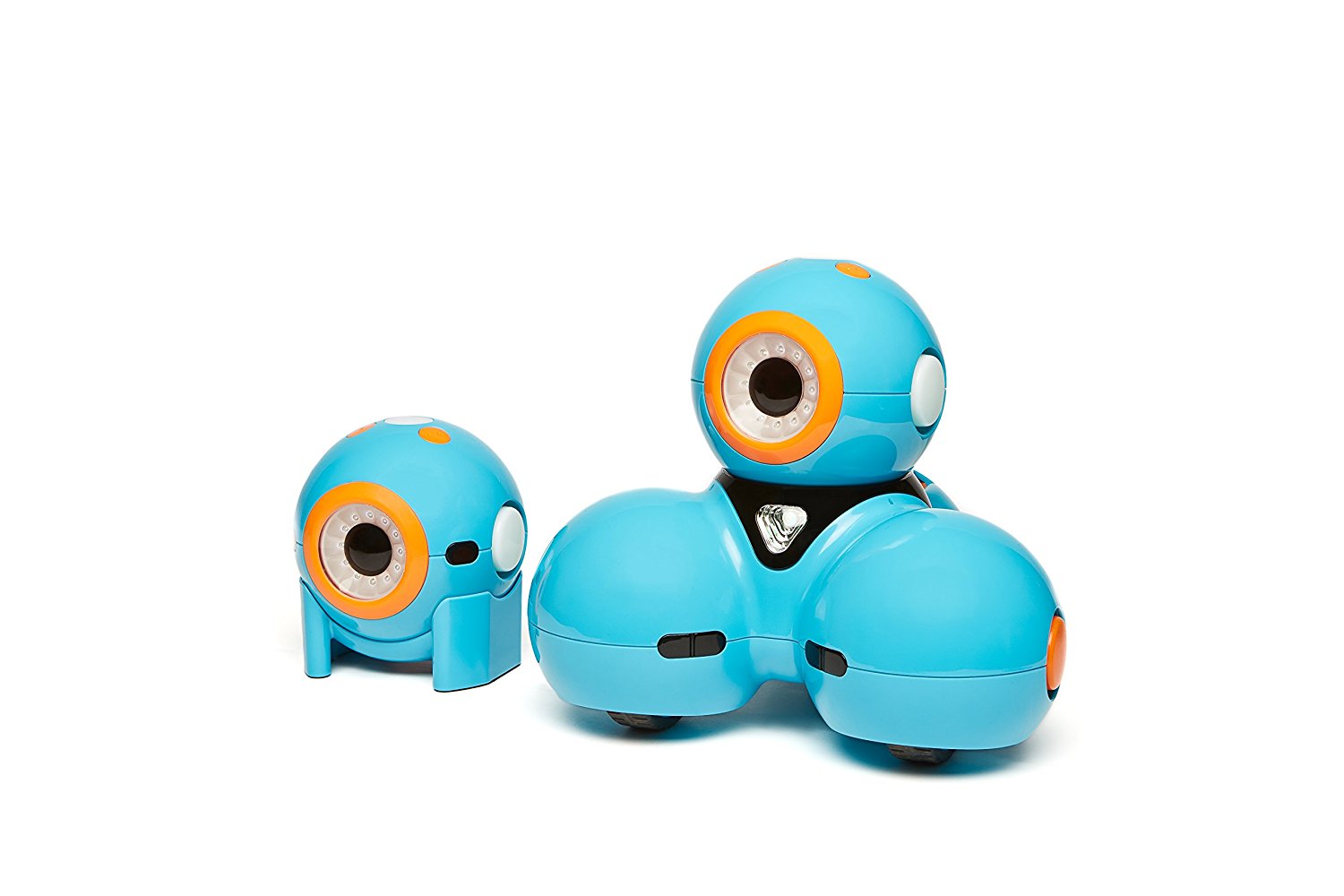Most of us remember BigDog, a 4-legged, mechanical “dog” which was quite stable, quick and agile. Video has now been shown of a Chinese invention along the same lines, dubbed the “FROG,” or Four-legged Robot for Optimal Gait.
While the video is significantly shorts than BigDog’s, it is interesting nonetheless. FROG is noticeably slower than BigDog, though the creator notes that it’s intent is to possibly be used in a museum setting, being dressed in a dinosaur fashion and moving about like a dinosaur would. Developed by Dr. Wei Wang and his team from the Institute of Automation, FROG is simply a starting point from which Wang and his team hope to be able to build off of, studying its gait control, gait transition, and other locomotion algorithms.
From a technical perspective, FROG is about 1 meter tall, and also weights a decent 55 kilograms (~121 lbs.), having a total of 8 DC motors in it, one in each hip and knee. On the sensory side, the robot has 3-axis acceleration sensor, joint angle sensors, 3-axis gyro sensor, foot-ground contact sensors, ultrasonic sensors, and also a camera capable of full pan and tilt. All of this is run off a computer utilizing Linux’s OS, with power coming through a cable attached to the robot.
According to Dr.Wang, one of the main reasons he built this was because his daughter, as well as her kindergarten friends, constantly ask him to build more robotic animals. Hopefully, this one will appease their appetite, but when asked about comparing it to BigDog, Dr.Wang replied, “BigDog is marvelous. BigDog is hydraulic and our robot uses DC motors — I don’t think our robot could have so high capabilities.”
While it is only in preliminary stages, more research would greatly improve this area for all inventors, and I for one would love to see something like this implemented at the zoo. No longer would the dinosaur attractions just simply more around a bit and make loud noises, but they would actually walk around!
Worried about robots taking over the world? Check out this Robot Solving A Rubik’s Cube and this Robotic Bartender
Via: IEEE Spectrum











